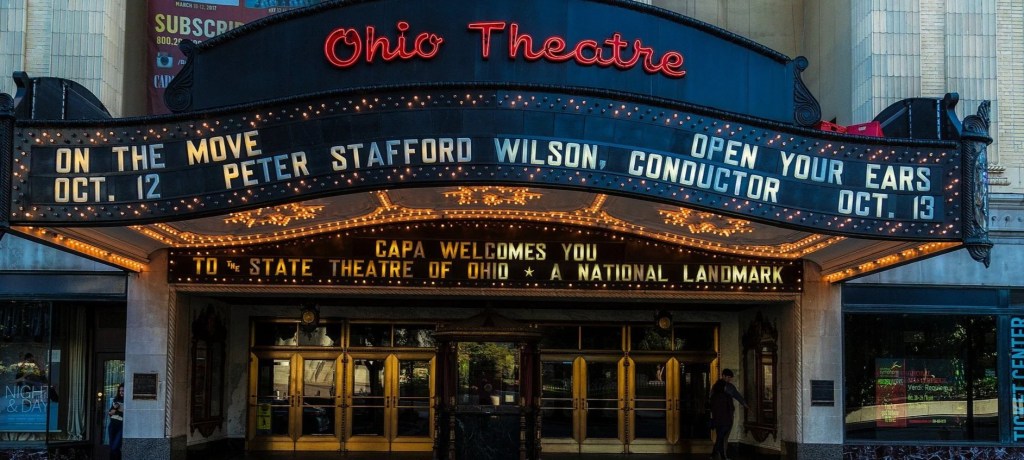Logic will get you from A to Z; imagination will get you everywhere. – Albert Einstein.
Those who might say patent prosecution is tedious paper pushing without imagination must be talking about something different from what most of us in the profession experience. Whether for the patent applicant during drafting or the patent examiner during prosecution, one of the great challenges is using one’s imagination to try and anticipate how a claim might be rejected, or how a certain disclosure may be said to show certain claim elements. One area where imagination plays a substantial role is what some call “disclosure by happenstance.” See some of our previous posts (here).
If there is a scenario where one can imagine the prior art operates to meet the limitation of a claimed method, for example, that can be enough to count as sufficient disclosure of said limitation. Today we see this in a Netflix application (Appeal 2020-005905, Application 16/167,176). The invention relates to preview licenses that enable a limited time preview of encrypted content. Claim 1 is provided below (with the limitation in dispute emphasized):
1. A computer-implemented method, comprising:
presenting, in a streaming media interface, a set of one or more media titles available for streaming from a library of media titles;
prior to receiving a request to stream a first media title from the library, sending a request for a fast-expiring license for the first media title, wherein the fast-expiring license is valid for a fixed time interval after playback of the first media title begins, wherein the fixed interval is less than a playback time of the first media title, and wherein the first media title is predicted to be a next selected media title for streaming;
receiving the requested fast-expiring license; and
in response to receiving the request to stream the first media title:
retrieving an encrypted first portion of the first media title, decrypting the encrypted first portion using a key associated with the fast-expiring license, and initiating playback of the first portion of the first media title on the streaming media interface.
The primary issue on appeal was whether the prior art showed a fast-expiring license for the first media title, wherein the fast-expiring license is valid for a fixed time interval after playback of the first media title begins, wherein the fixed interval is less than a playback time of the first media title (emphasis added). The disclosure of the prior art was not really disputed – it showed using a preview license to consume some, but not all, of the digital content. According to the examiner, in the situation where a user watches the preview without stopping or pausing, then that essentially occurs for a fixed time. Netflix argued that the prior art says nothing about a fixed time – “some but not all of the content” could be a widely varying amount of time, and certainly was not fixed.
And this is how we get to the issue of disclosure by happenstance. There is a circumstance (the user watching the preview without pausing) where it can be argued that the preview was limited to a fixed amount of time. From the PTAB’s decision:
We agree with the Examiner that under certain circumstance, e.g., in situations where the user plays (or consumes) the predetermined portion under Schnell’s preview license in one sitting or without stopping, the preview license would be “valid for a fixed time interval after playback of the first media title begins” and “the fixed interval is less than a playback time of the first media title,” as recited in claim 1. In other words, when the user plays the predetermined portion in one sitting or without stopping, Schnell’s preview license would always be valid for the same, fixed time that corresponds to the playback time of the fixed, predetermined portion. And that fixed, preview playback time would be less than the playback time of the entire or full content.
Now, if the claim had required a fixed time interval, even if the preview is paused – well then that is a different story. However, that is not what was claimed, and further such an amendment was seemingly not available.
Here, the PTAB sided with the examiner and had no issue relying on an imaginative explanation that conjured up a scenario to meet the claim limitations.
When drafting, it can be helpful to imagine various scenarios of operation and describe how the invention navigates varying conditions that may arise. While you never know what prior art may be applied and what imaginative approach an examiner may take, if you do not at least try you cannot create the opportunities for amendments. The more thought out the example operation, the better the chance you just might have something to negate the examiner’s disclosure by happenstance.

Leave a comment